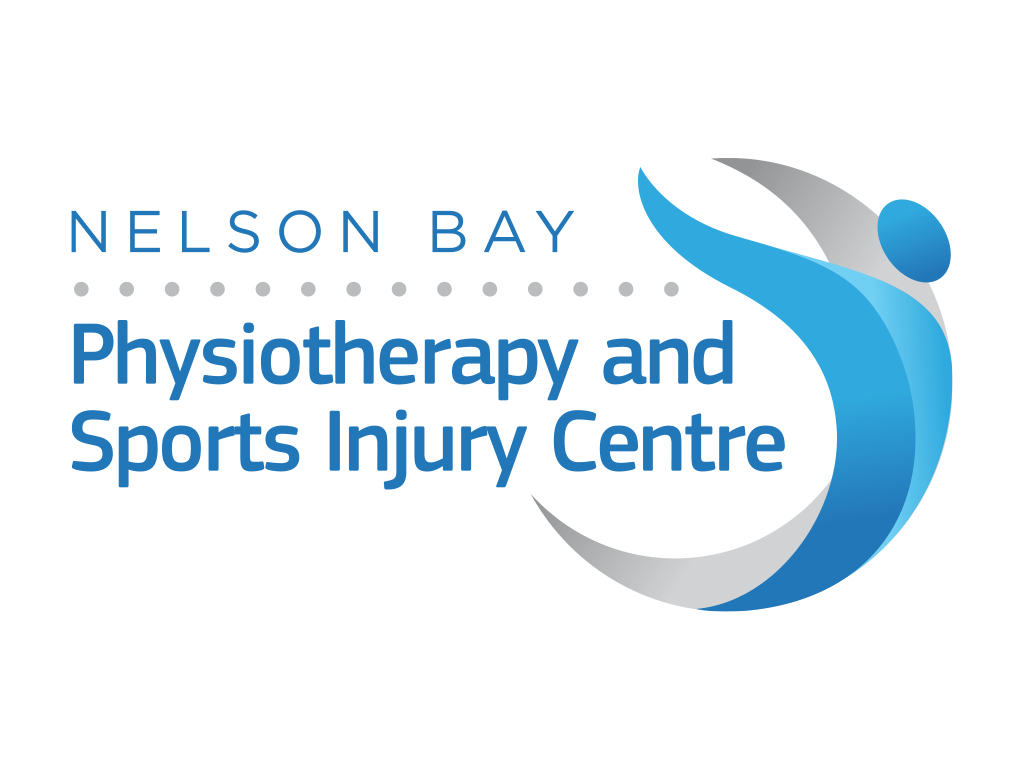Avoid the injury blues this winter
September 03, 2016

As the days get colder and drearier, Sports Medicine Australia (SMA) is urging Australians to ignore the temptation to go into exercise hibernation this winter.
Sports Physiotherapist Rosemary Riley said wet and wintry conditions combined with heightened injury concerns often prevent Australians from being active during the long, cold months. Sports injuries peak during the months of May, June and July, with sport related hospital admissions increasing by an estimated 30% during winter.
“While exercising in cold conditions can lead to injuries and illnesses ranging from chill blains, muscles strains and ligament sprains to broken bones and hypothermia, many Australians are unaware that most winter injuries can actually be prevented by good preparation and correct equipment,” Ms Riley said. “Although cold conditions can place extra demand on the body, with the right knowledge, preparation and attitude, you can be active and safe in winter and keep reaping those health benefits.”
SMA’s top tips for preventing injury this winter:
- Check the forecast. How cold, windy and wet will it be? It’s important to tailor your work-out attire to the forecast. Lightweight layers that breathe and can be easily stowed are ideal so you can add/remove clothing according to the conditions and your exercise level.
- Remember that sunburn can occur even on overcast days – particularly on the ski slopes – apply sunscreen and protect your eyes with UV protection googles or sunglasses.
- Protect your head and extremities from heat loss. Make sure you are equipped with beanies, gloves, well-fitting shoes and socks to limit excessive heat loos and prevent chilblains and frostbite. Ill-fitting footwear can also cause blisters, nerve and joint pain.
- Those with a pre-existing condition affecting circulation such as Raynaud’s or Diabetes should take particular care and should consult a health professional for further advice.
- Warm up and cool down gradually and thoroughly. Avoid cooling down when stretching by alternating stretches with warm up activities. Muscles, tendons and ligaments perform better and are less likely to injure when warm and elastic. Consult a Sports Physiotherapist for specific exercises to manage past injuries and special conditions.
- Drink up. It’s important to hydrate adequately and resist the temptation to ‘warm up’ with an alcoholic beverage as alcohol impairs thermoregulation and coordination. Avoid caffeine as it can also lead to dehydration.
“There are so many great ways to be active in winter – by following these tips your risk of injury and illness will be reduced – leaving you no excuse but to get out there and get active,”Ms Riley said. “The benefits far outweigh the risks!”
Source: APA InMotion July 2016
